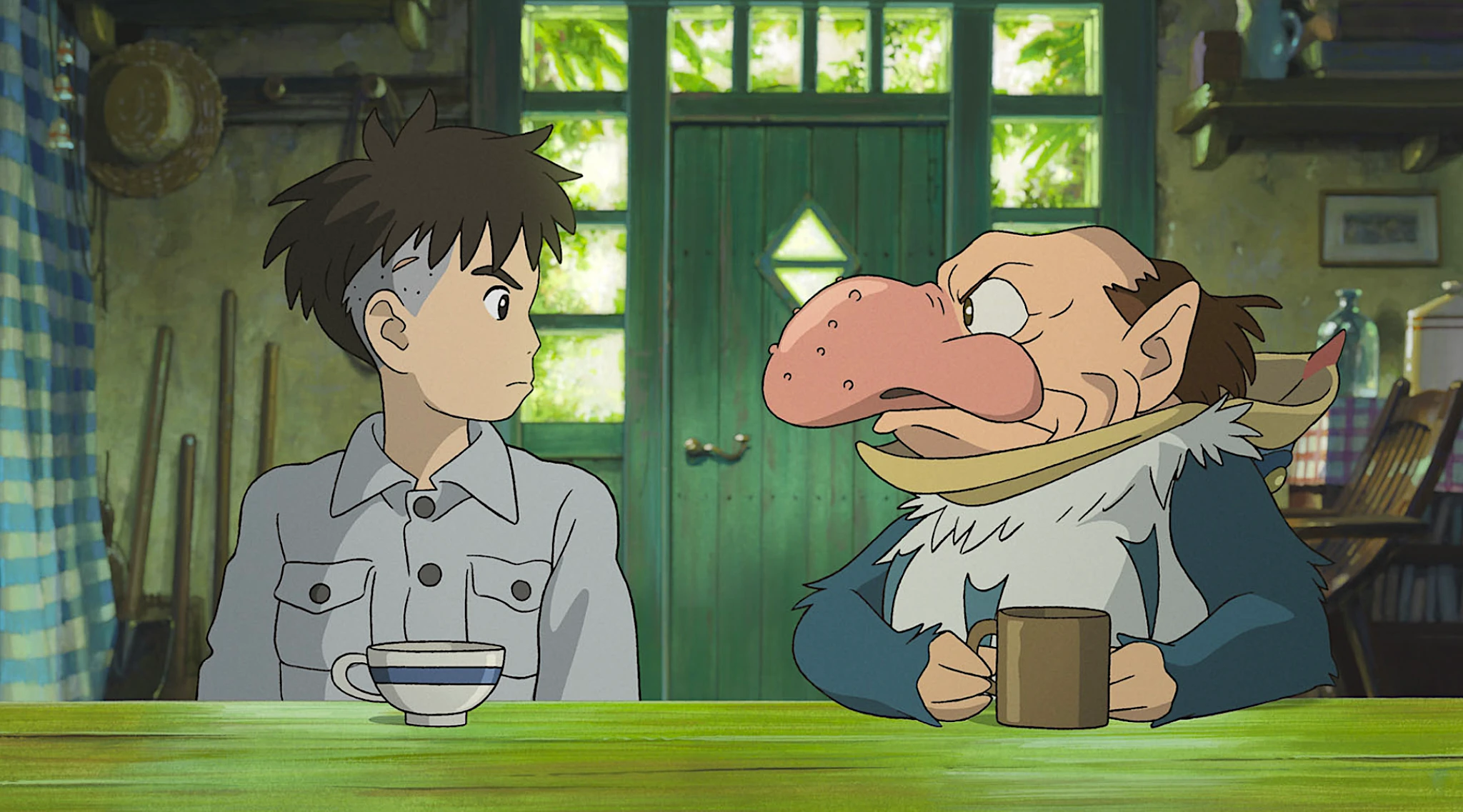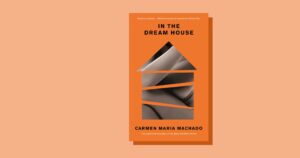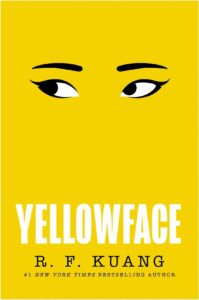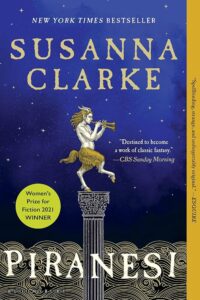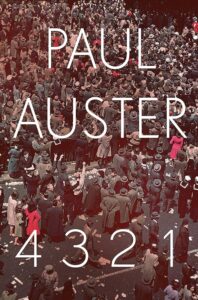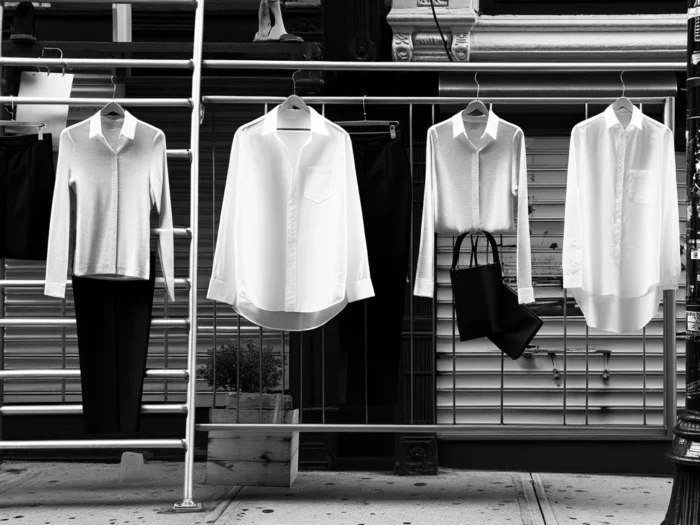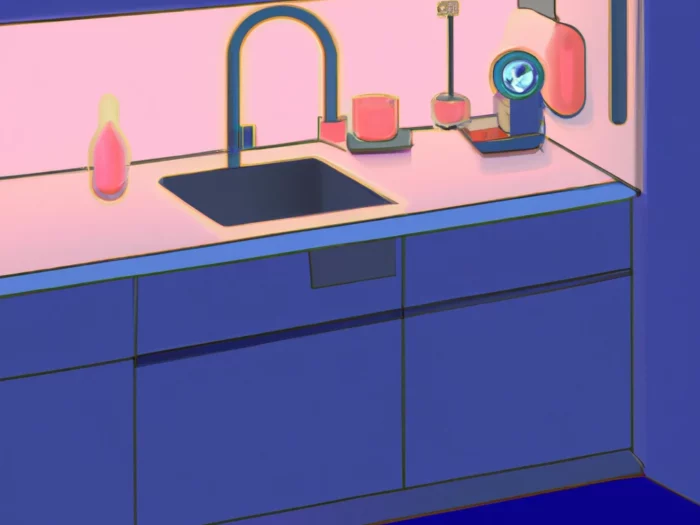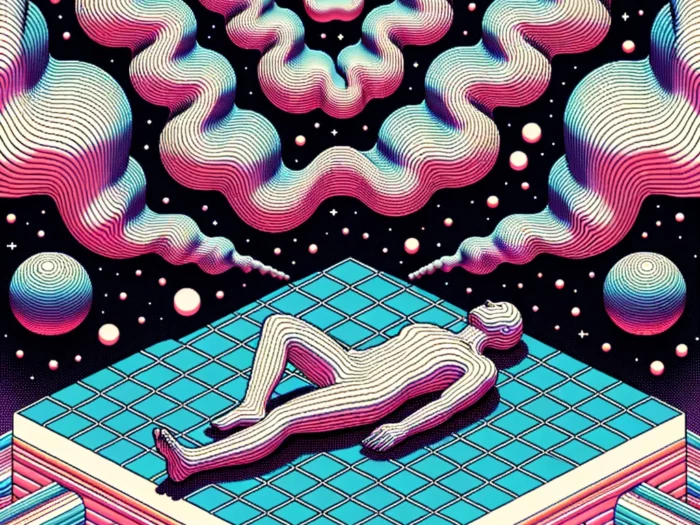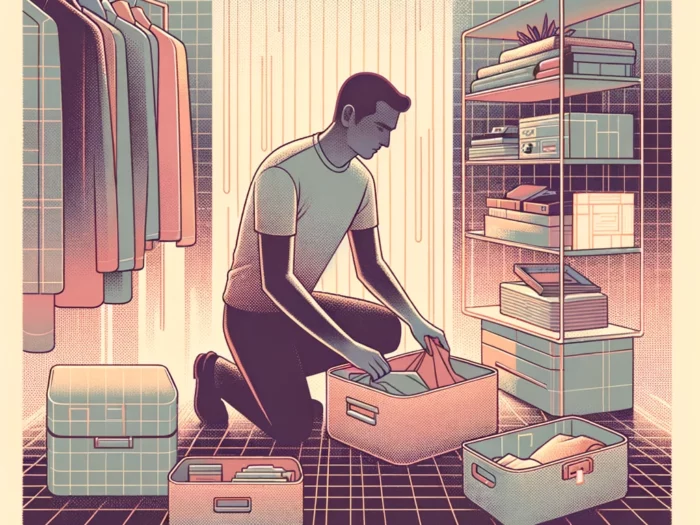The Boy and the Heron, a film by the esteemed Hayao Miyazaki and produced by Studio Ghibli, is a cinematic endeavor that has left a profound impact on the world of animation. Released on November 22, 2023, this PG-13 film is a blend of animation, adventure, drama, family, and fantasy, running for 2 hours and 4 minutes. Despite its accolades, including a win and multiple nominations at the Golden Globes and the Academy Awards, the film has elicited mixed reactions, indicating the complex nature of Miyazaki’s storytelling in this latest work.
The narrative of The Boy and the Heron is rich in Japanese customs, history, and mythology. It demands from the viewer a level of familiarity with these cultural elements, challenging them to piece together its allegorical and non-traditional storytelling. This intellectual stimulation, while appreciated by many, has been a point of contention for others. Some viewers have found the film’s reliance on art over structured narrative to be confusing and even disappointing, preferring a more straightforward storytelling approach.
One major critique of the film centers on its music and pacing. Joe Hisaishi, known for his compelling scores in previous Ghibli films, adopts a minimalist approach in The Boy and the Heron. Extended periods of silence interspersed with sparse musical notes have left some viewers missing the dynamic and emotionally charged scores that Hisaishi is celebrated for. This departure in musical style, combined with the film’s slow pacing and extended scenes focusing on the beauty of the animation, has been seen as detracting from the overall narrative.

The film’s pacing has been a significant point of contention. The deliberate pace, intended to immerse viewers in the artistry of the animation, has been perceived by some as overly indulgent, detracting from the storytelling. Extended scenes that emphasize the beauty of the animation rather than advancing the plot have led to critiques about the film’s length and narrative focus.
Despite these criticisms, The Boy and the Heron has been praised for its visual artistry. Miyazaki’s unique style of blending surreal elements with traditional animation creates a visually stunning experience. The film’s exploration of themes such as nature, human connection, and self-discovery is depicted with the meticulous detail and creativity characteristic of Studio Ghibli’s productions.
The film’s exploration of complex themes, delivered through the medium of animation, is a testament to Miyazaki’s vision and Studio Ghibli’s commitment to meaningful storytelling. The narrative’s focus on nature and its intricate relationship with human life is portrayed with a depth and sensitivity that is both thought-provoking and emotionally resonant. The film’s ability to delve into these themes while maintaining the enchanting quality of a Ghibli production is a notable achievement.
Furthermore, the character development in The Boy and the Heron is intricate and nuanced. The journey of the protagonist, as he navigates the challenges presented in the film, is a compelling portrayal of growth and self-discovery. The supporting characters add layers to the narrative, each contributing to the film’s exploration of its central themes.
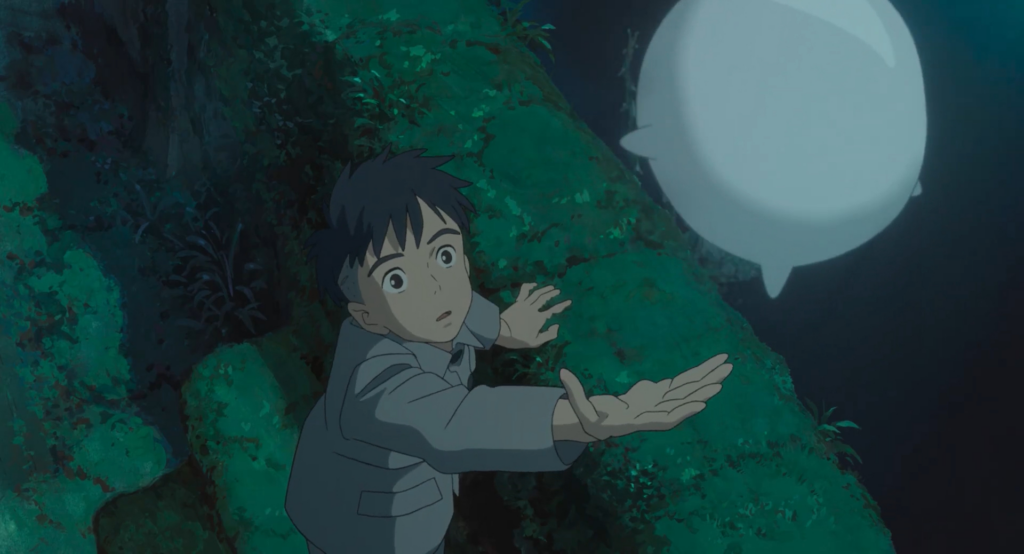
The cinematography and animation in The Boy and the Heron are noteworthy. The use of color, lighting, and framing in each scene adds to the overall impact of the film. The animation style, staying true to Ghibli’s signature aesthetic, brings the story to life with its vivid and imaginative visuals. The attention to detail in each frame is a reflection of the studio’s dedication to the craft of animation.
The film’s impact on the audience is significant. It challenges viewers to engage with its themes on a deeper level, prompting reflection on the relationship between humanity and nature, and the journey of self-discovery. The film’s ability to evoke such introspection is a testament to its narrative strength and the effectiveness of its storytelling.
In summary, The Boy and the Heron is a film that, while visually impressive and thematically rich, has polarized audiences with its unconventional narrative structure and pacing. It stands as a testament to Miyazaki’s artistic vision and Studio Ghibli’s commitment to pushing the boundaries of animated storytelling. The film’s accolades at prestigious award ceremonies underscore its impact and significance in the world of animation, despite the divided opinions it has elicited. It remains a significant contribution to the genre, showcasing the power of animation to convey complex themes and tell meaningful stories.
